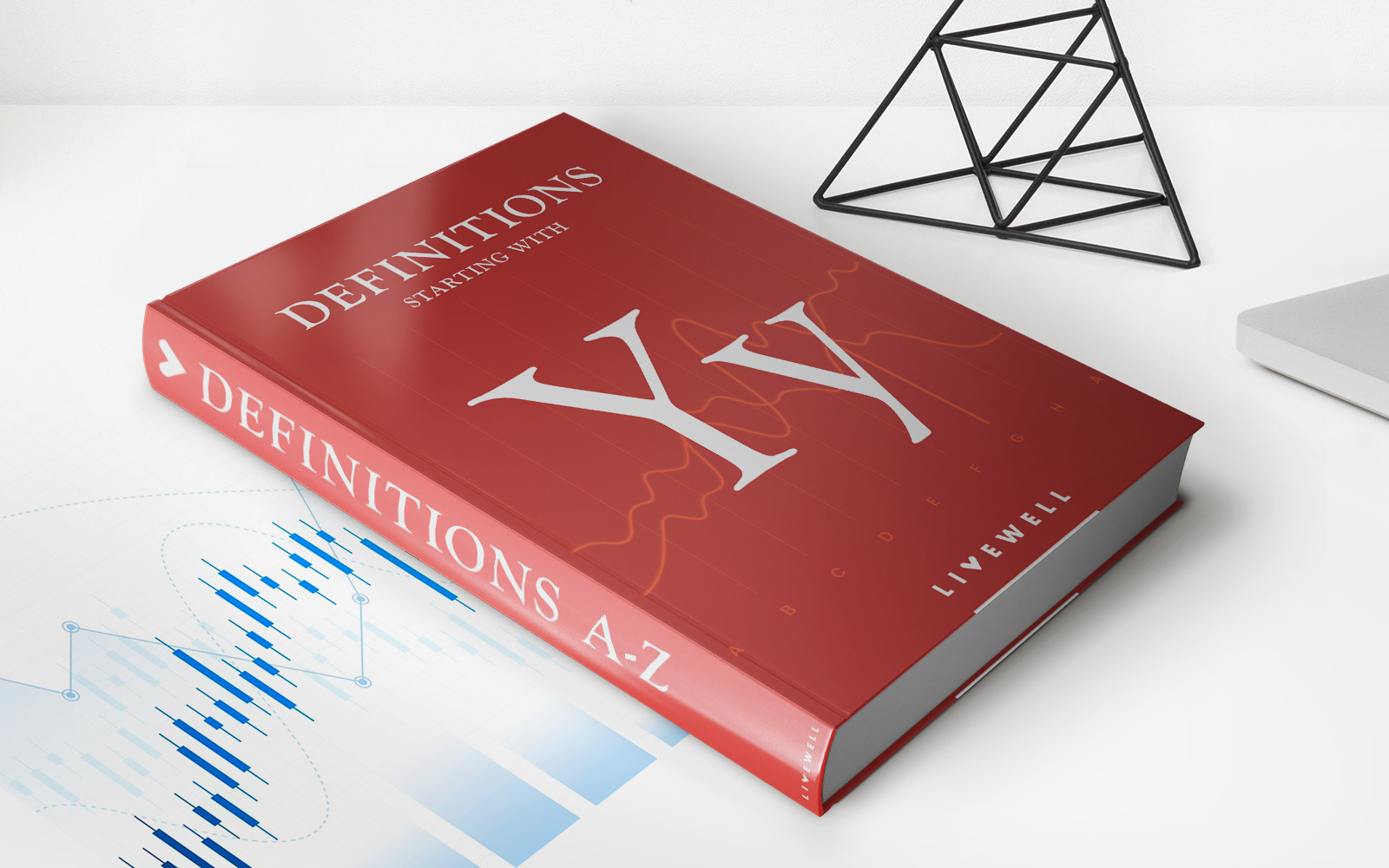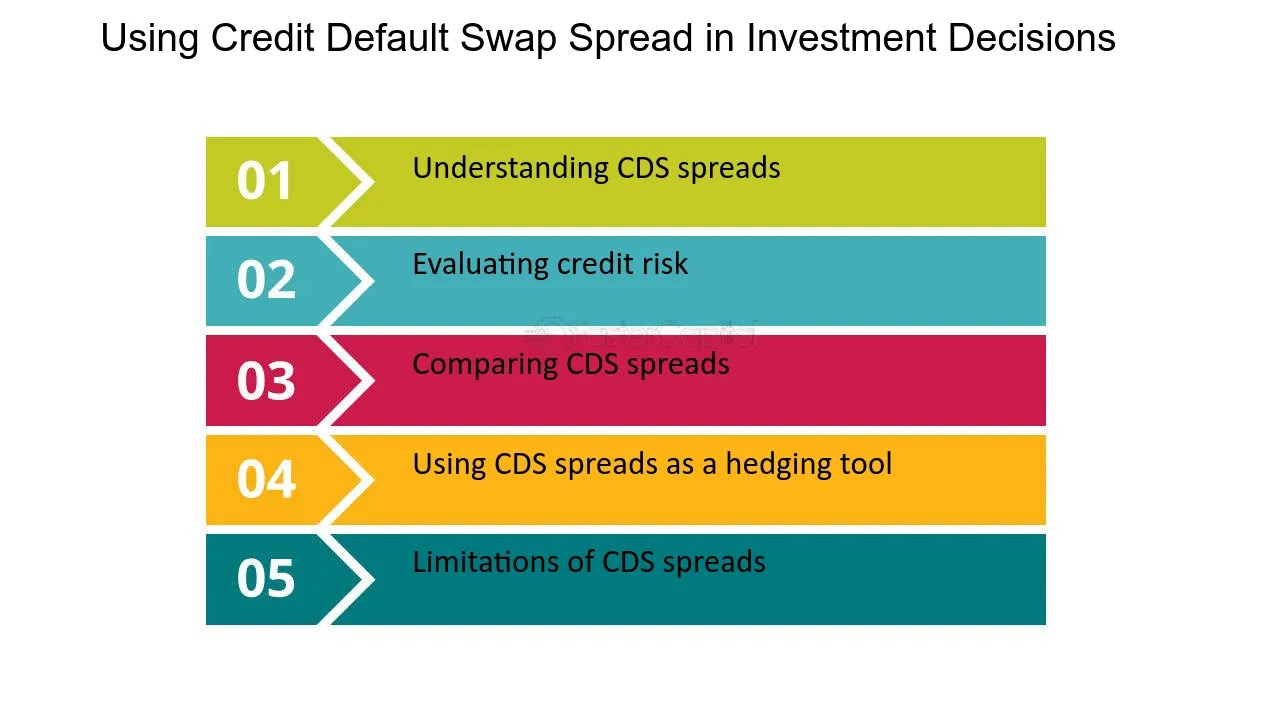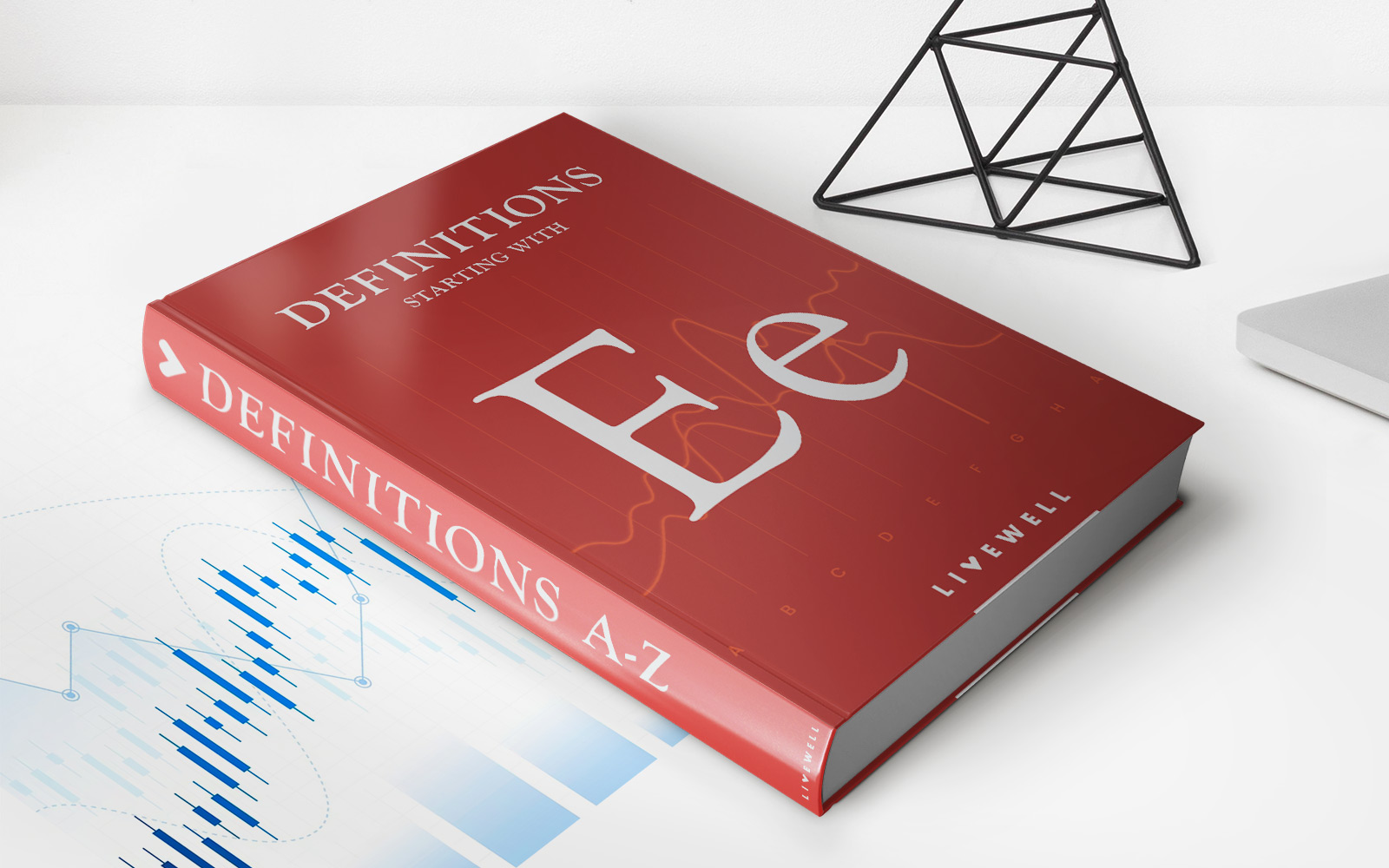Home>Finance>Asset Swap: Definition, How It Works, Calculating The Spread


Finance
Asset Swap: Definition, How It Works, Calculating The Spread
Published: October 9, 2023
Learn about asset swap in finance, including its definition, how it works, and calculating the spread. Discover the intricacies of this financial concept.
(Many of the links in this article redirect to a specific reviewed product. Your purchase of these products through affiliate links helps to generate commission for LiveWell, at no extra cost. Learn more)
Asset Swap: Definition, How It Works, Calculating the Spread
Are you new to the world of finance and looking to expand your understanding of different financial instruments? Or perhaps you are a seasoned investor or trader searching for innovative ways to diversify your portfolio. No matter your level of expertise, knowing about asset swaps can be beneficial. In this blog post, we will delve into the definition of asset swaps, how they work, and how to calculate the spread involved in these transactions.
Key Takeaways:
- An asset swap is a financial arrangement where the cash flows of a fixed income asset, such as a bond, are exchanged for the cash flows of another asset, often a floating rate note or a swap contract.
- Asset swaps are commonly used to manage interest rate risk, enhance yield, or gain exposure to specific credit qualities.
What is an Asset Swap?
An asset swap is a financial transaction that involves exchanging the cash flows of one asset for another. It typically involves swapping the cash flows of a fixed income asset, such as a bond, with the cash flows of another asset, which could be a floating rate note or a swap contract. The primary motivation behind an asset swap is to achieve a particular strategic objective, such as managing interest rate risk, enhancing yield, or gaining exposure to specific credit qualities.
How Does an Asset Swap Work?
Now that we understand the basic concept of asset swaps, let’s break down how they work:
- An investor holds a fixed income asset, such as a bond, that pays a fixed interest rate.
- The investor enters into an agreement with a counterparty, typically a financial institution, to exchange the existing fixed income cash flows for new cash flows tied to a different asset.
- The investor now receives cash flows based on the new asset, which could be a floating rate note or a swap contract.
- The terms of the asset swap, including the payment dates, interest rates, and durations, are defined in the contract between the investor and the counterparty.
- Throughout the life of the asset swap, the investor continues to own the original fixed income asset, but the cash flows are now derived from the new asset.
Calculating the Spread in an Asset Swap
When engaging in an asset swap, it’s crucial to calculate the spread, which represents the additional yield gained or lost compared to a benchmark rate. Here’s how you can calculate the spread:
- Determine the fixed interest rate paid by the original fixed income asset.
- Find the variable interest rate associated with the new asset.
- Calculate the difference between the two interest rates, which represents the spread.
- Express the spread as a basis point value by multiplying it by 100.
- Analyze whether the spread is positive or negative to understand if the asset swap is advantageous.
Asset swaps can be complex financial transactions, often requiring the assistance of experts who specialize in this area. Before diving into asset swaps, it is recommended to seek professional advice to ensure you comprehend the potential risks and rewards involved.
Conclusion
Asset swaps offer investors a versatile financial instrument to manage interest rate risk, enhance yield, or gain exposure to specific credit qualities. By understanding the definition and mechanics of asset swaps, as well as how to calculate the spread, investors can make more informed decisions and diversify their investment portfolios. However, it is crucial to approach asset swaps with caution and seek appropriate advice to navigate the complexities associated with these transactions.














